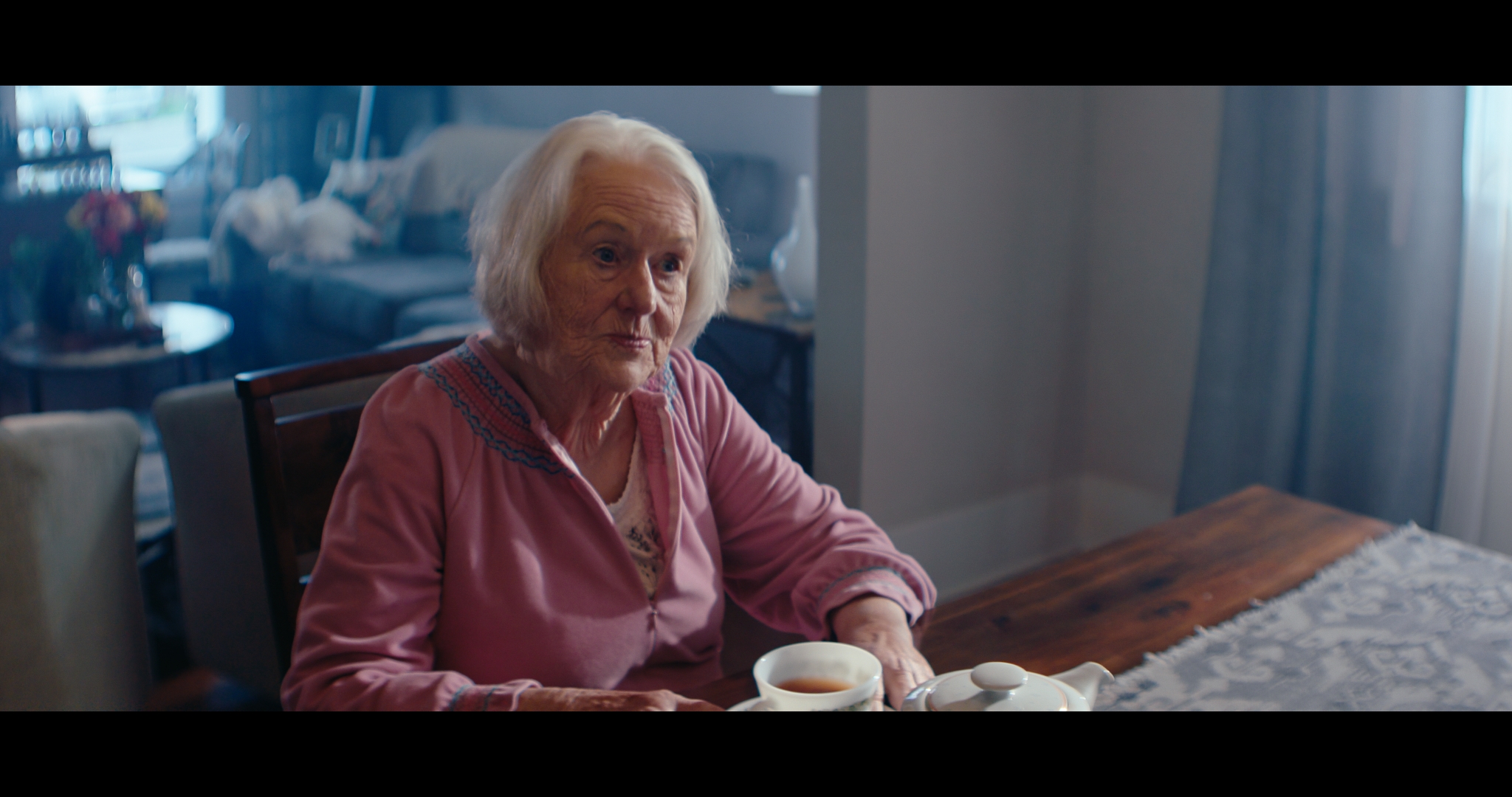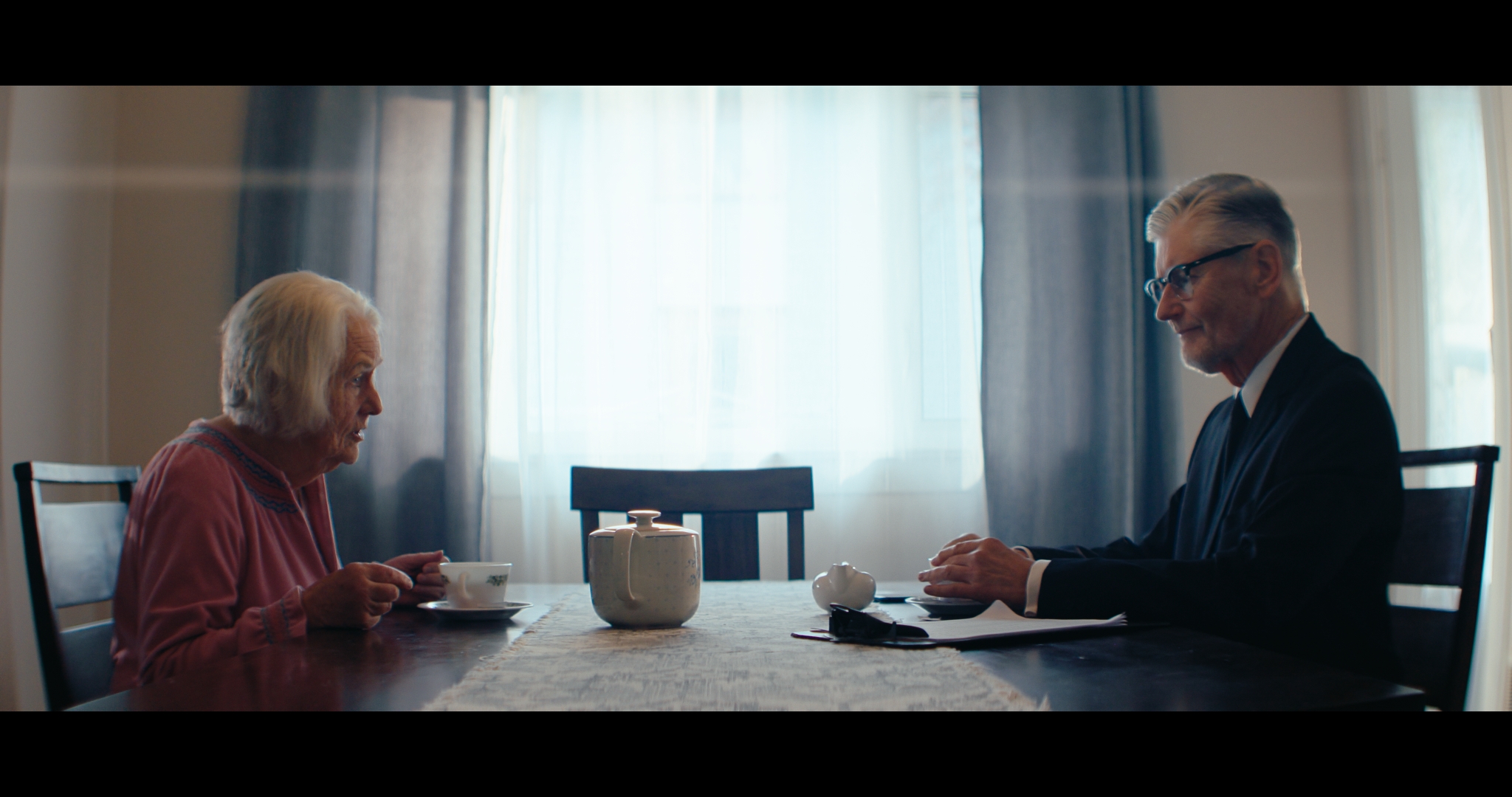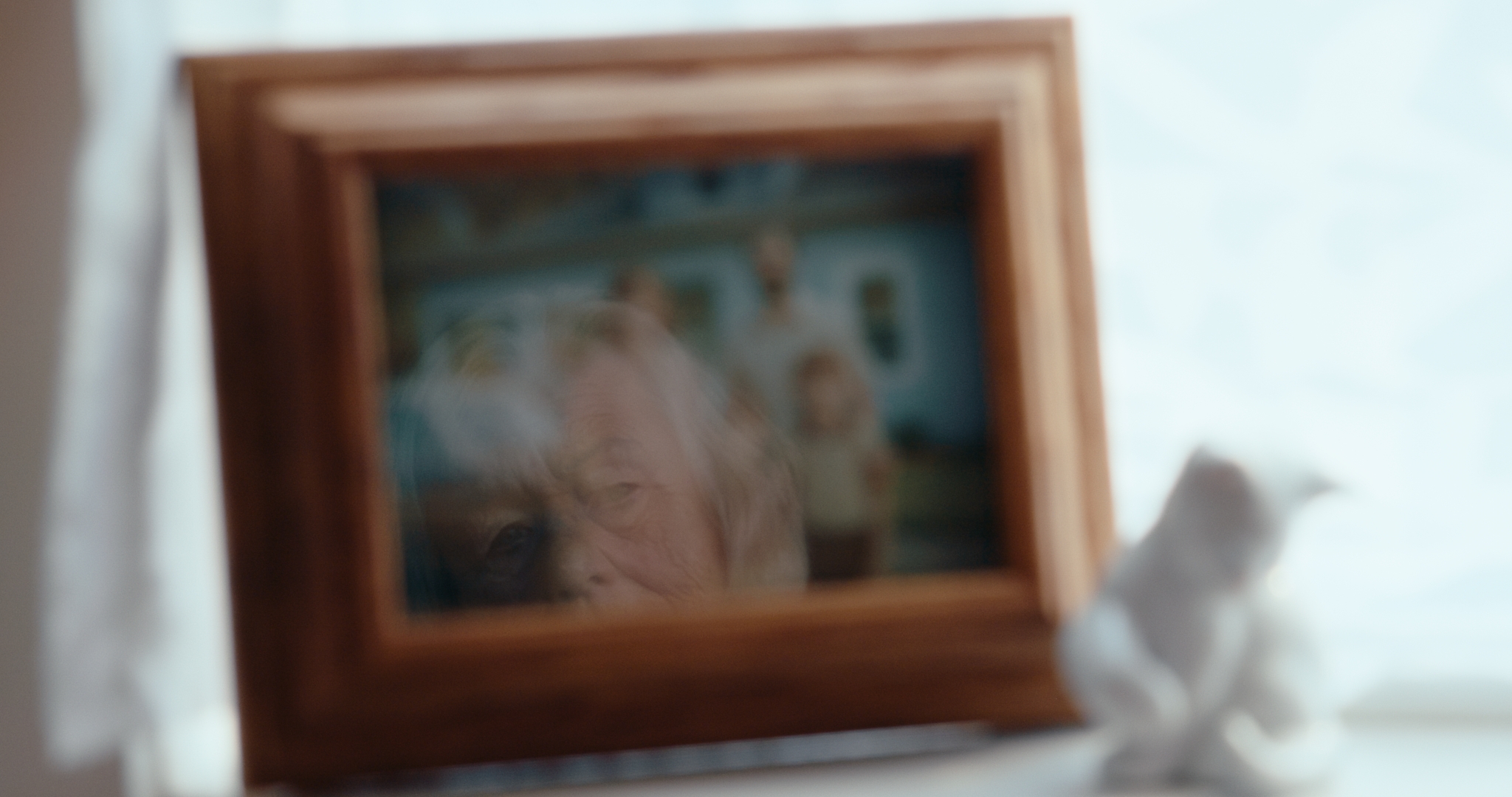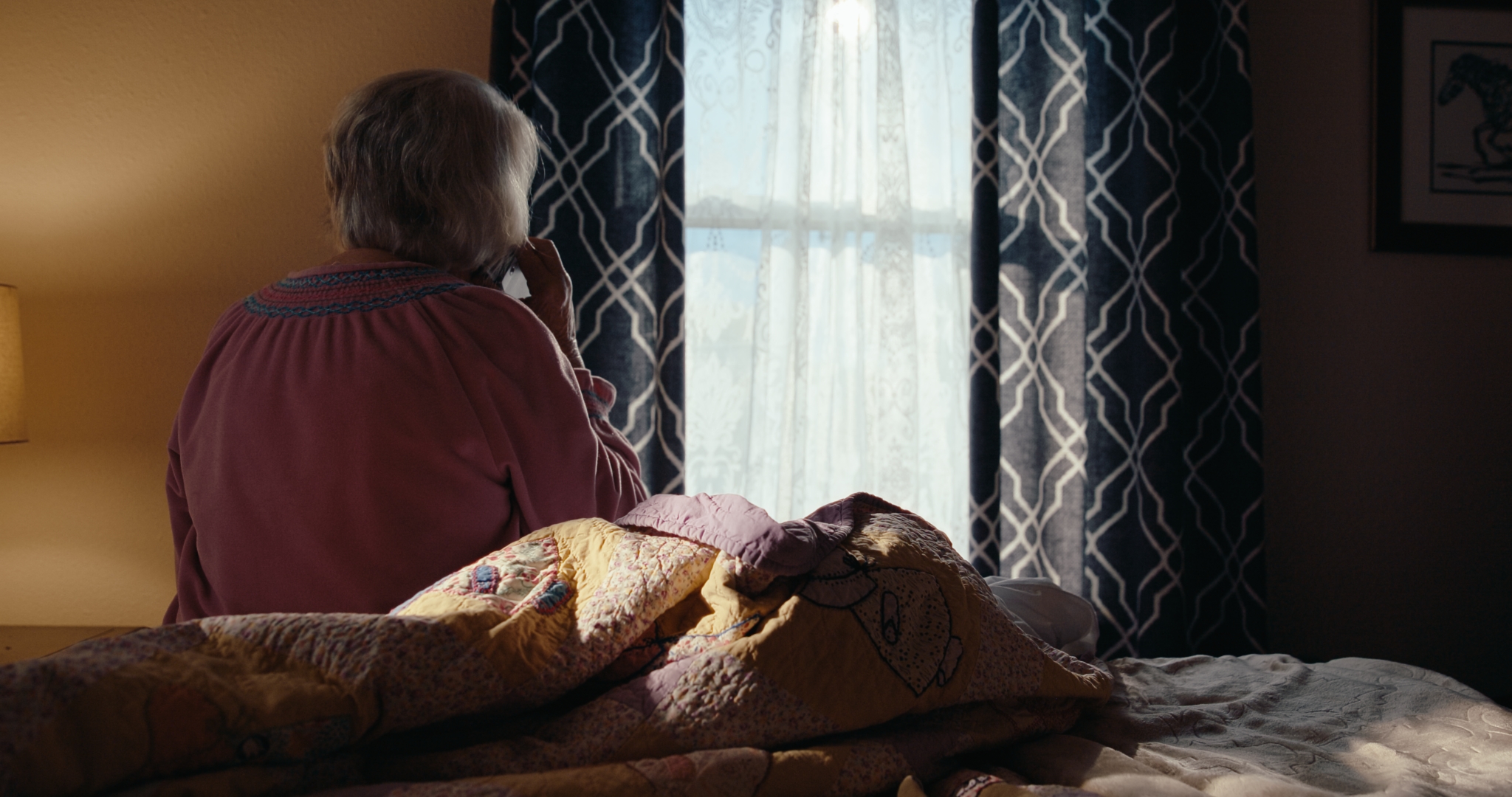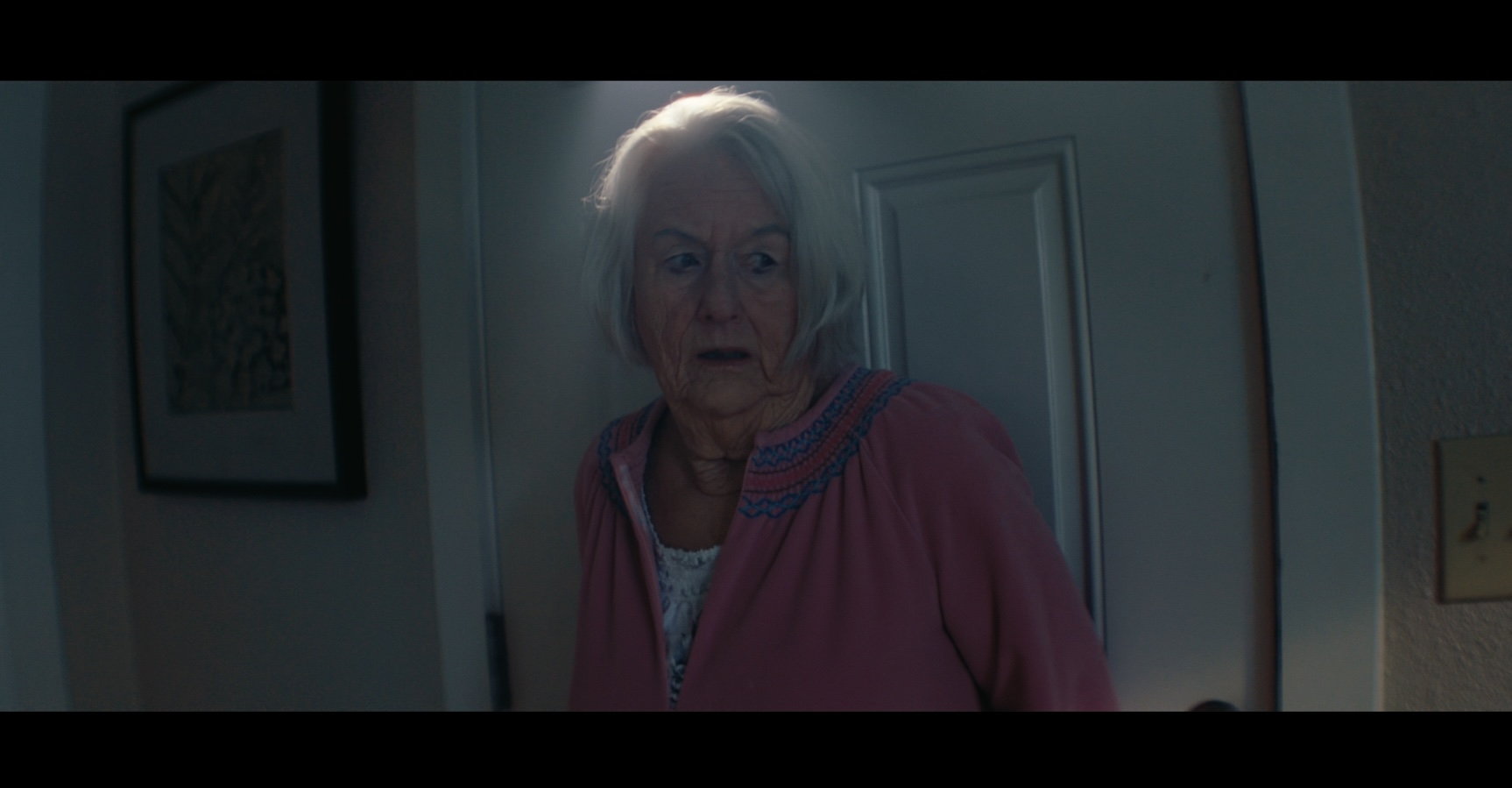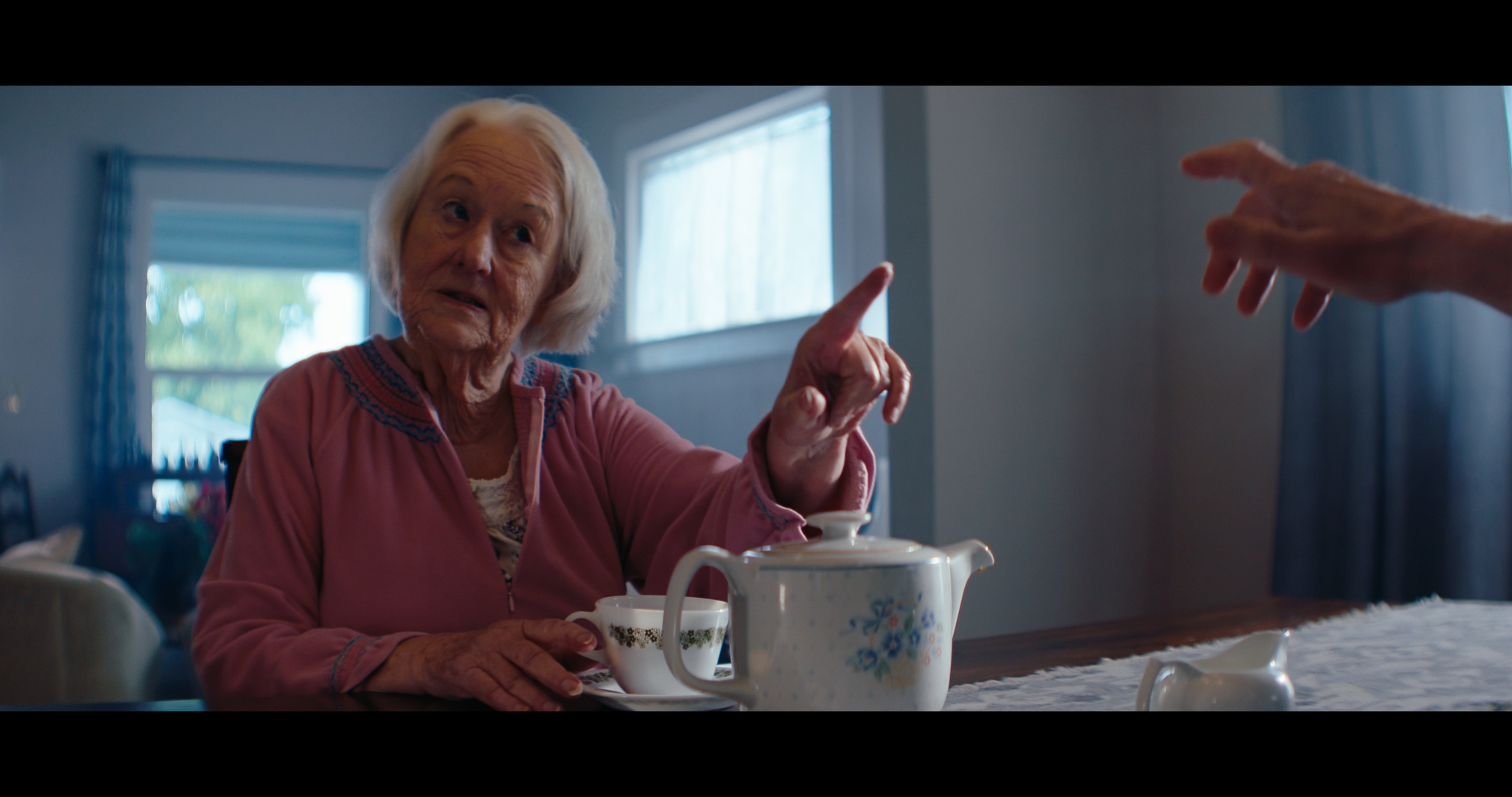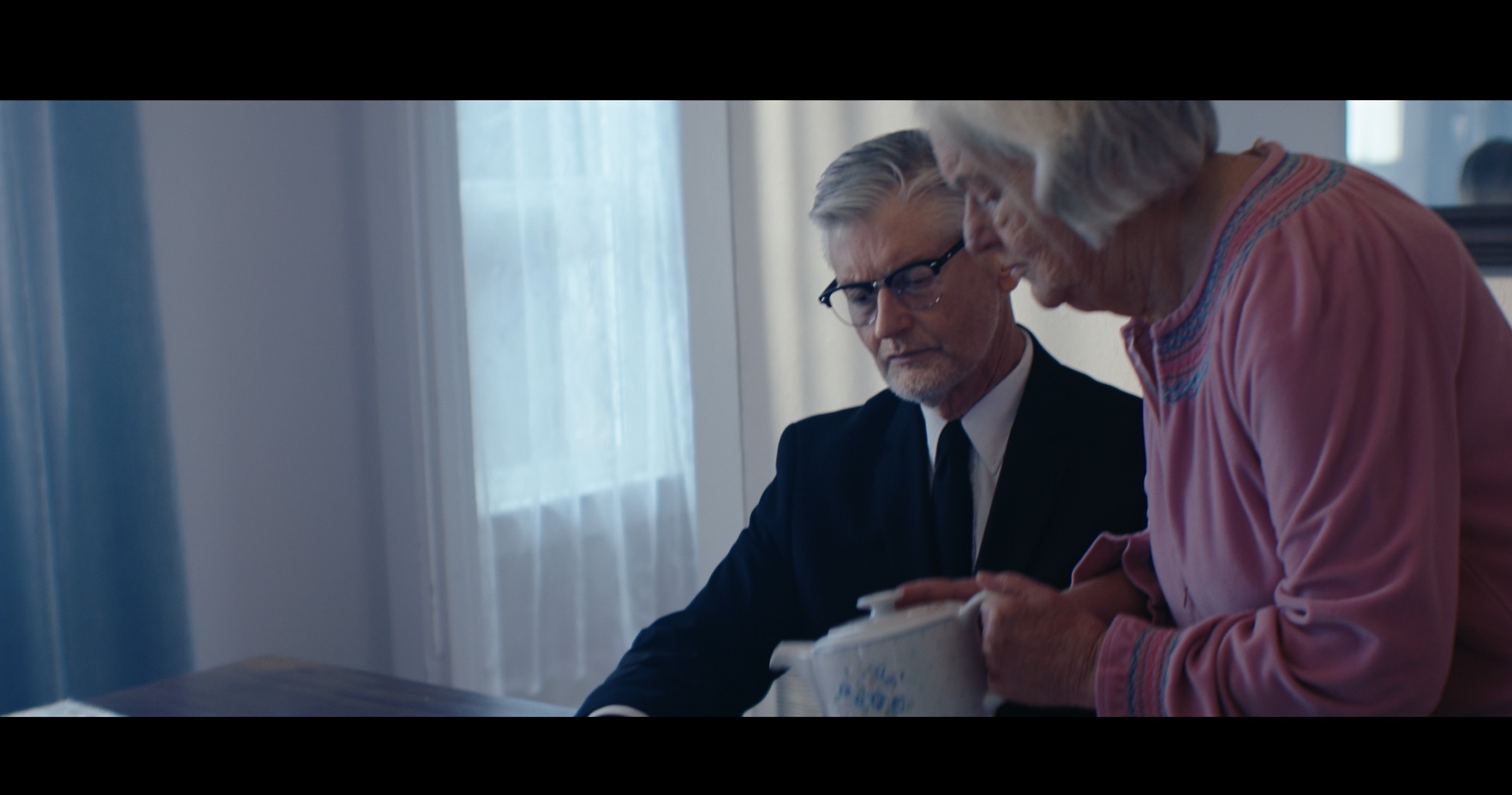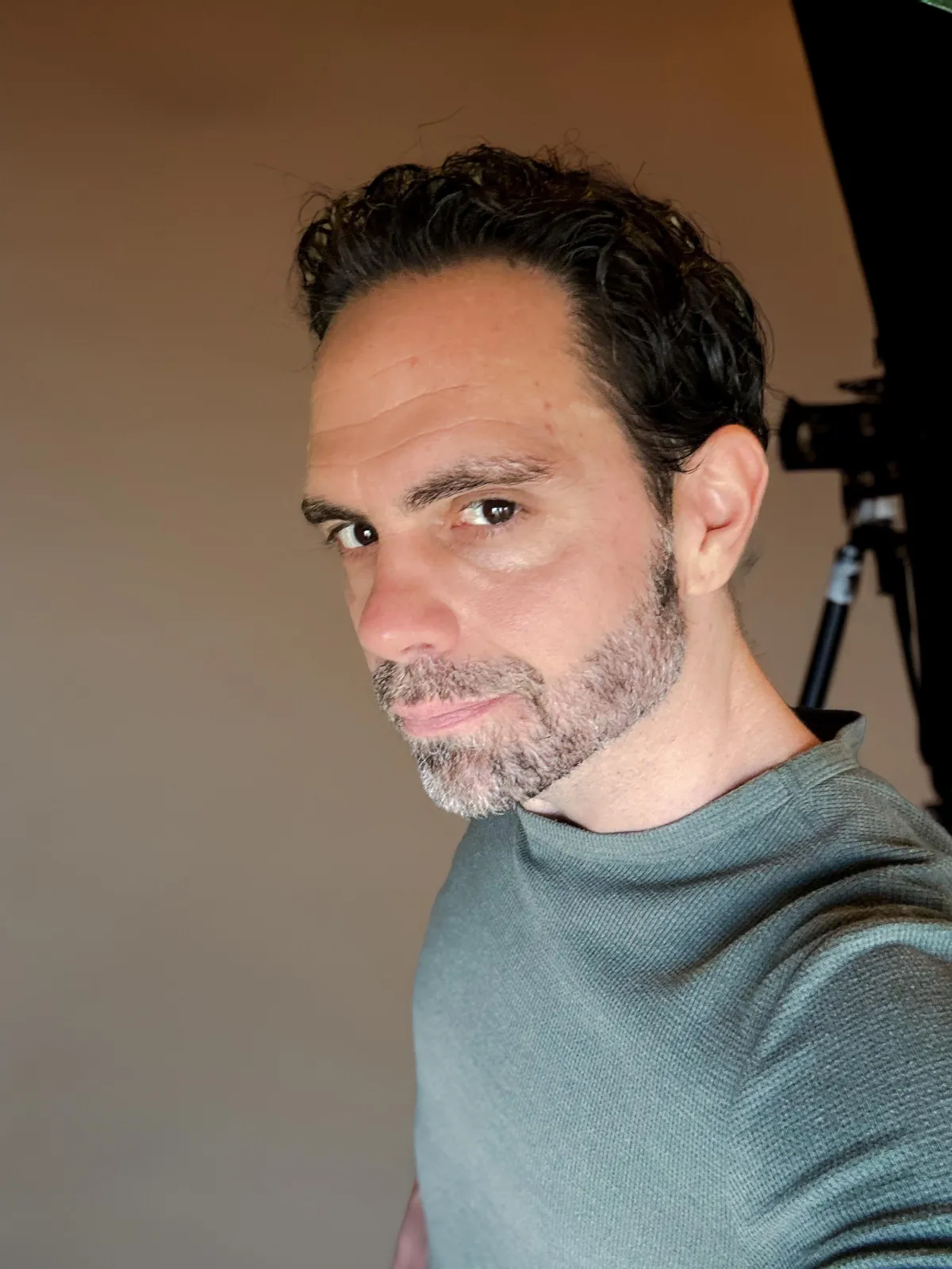Bringing Death to Life.
PURGATORY
PENDING
PURGATORY
PENDING
A Dark Comedy Short Film
A Dark Comedy Short Film
Currently in Post-Production
Principle Photography wrapped Oct 2025,
2026-27 Short Film Festival distribution planned (stay tuned)
Production Stills
Even in death there's room for negotiation
The Concept
Purgatory Pending is a short film that blends bureaucracy with sharp dialog, offering a fresh twist on the battle between life and death.
Tone: A darkly comedic short film that blends the bureaucracy of Office Space, the dry wit of The Ladykillers with the quick witty stylized banter of Edgar Wright. When an elderly woman receives a bureaucratic visit from Death, she stalls the inevitable by demanding a “performance review” of her life. What follows is a razor-sharp dialogue dance between two characters clashing over protocol, purpose, and personal regrets. With a contained setting and rich two-hander performances, Purgatory Pending is both hilarious and haunting—tailored for fans of character-driven comedy that bites.
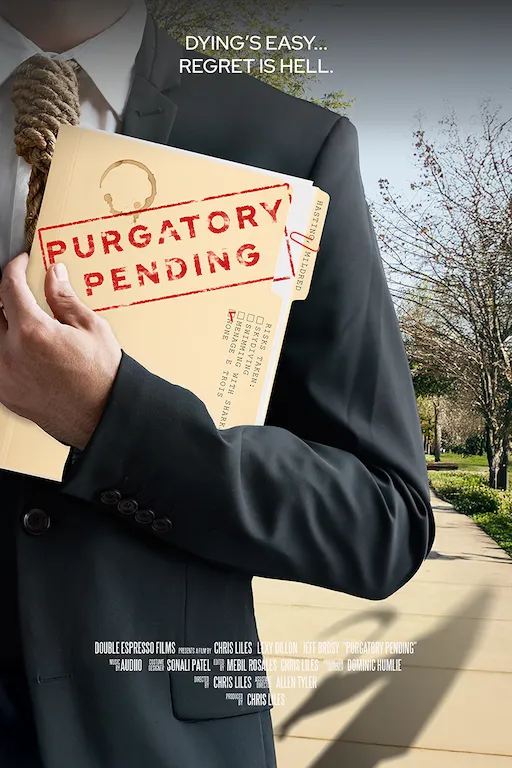
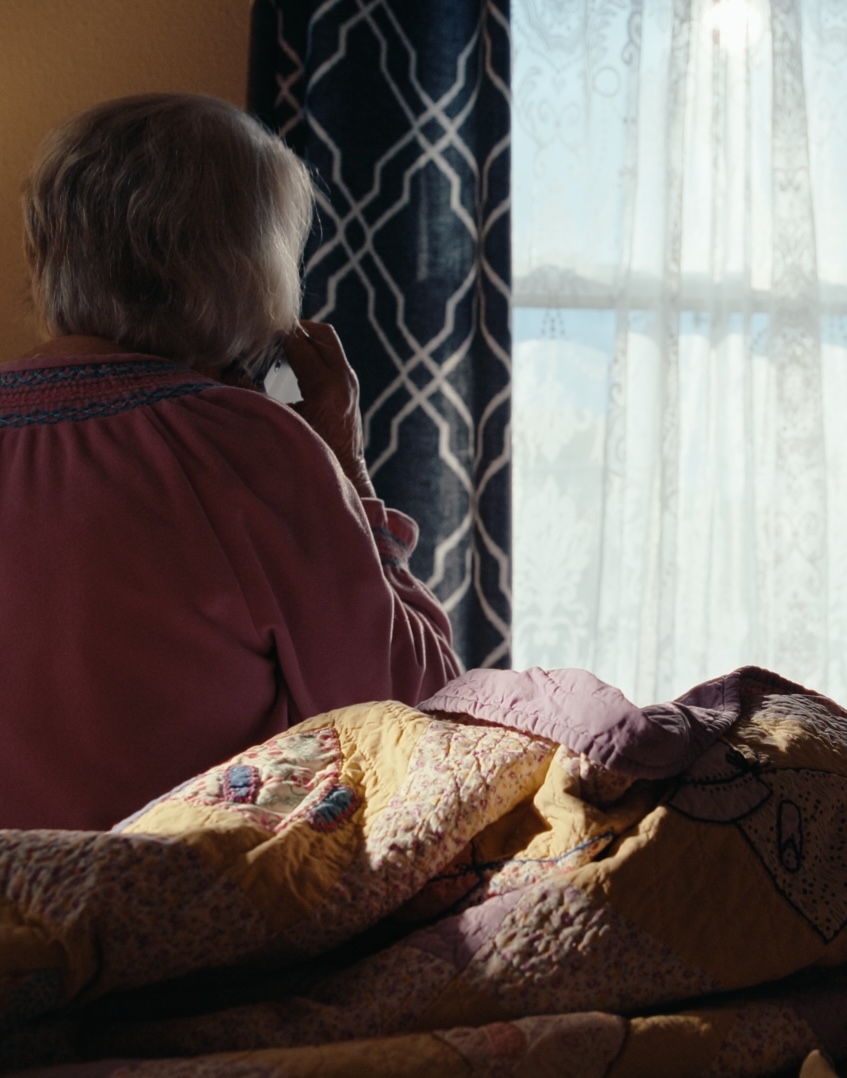
The Story
Mildred Hastings is 85, sharp-tongued, and alone. Her family barely calls, and the quietness of her house is deafening. Her cat clock is ticking away as she fades into obscurity...Until the morning it stops, and Death rings her doorbell, clipboard in hand, and right on schedule.
Caught off guard with absolutely nowhere to go, Mildred does what any stubborn old woman would: she stalls. Over tea, cleavage and biting banter, the two strike an unlikely rapport, revealing a woman who’s waited too long to take chances and a burned out Reaper. A conveniently timed “loophole” offers Mildred a second shot, not at life, but in the afterlife. Without reading the fine print she accepts Death’s offer only to find herself in purgatory, collecting the souls of children.
Purgatory Pending is a dark comedy about loneliness, legacy, and learning to life with regrets rather than fixating on them.
Afterall, the grass is not always greener on the other side.
The Characters
Mildred Hasting
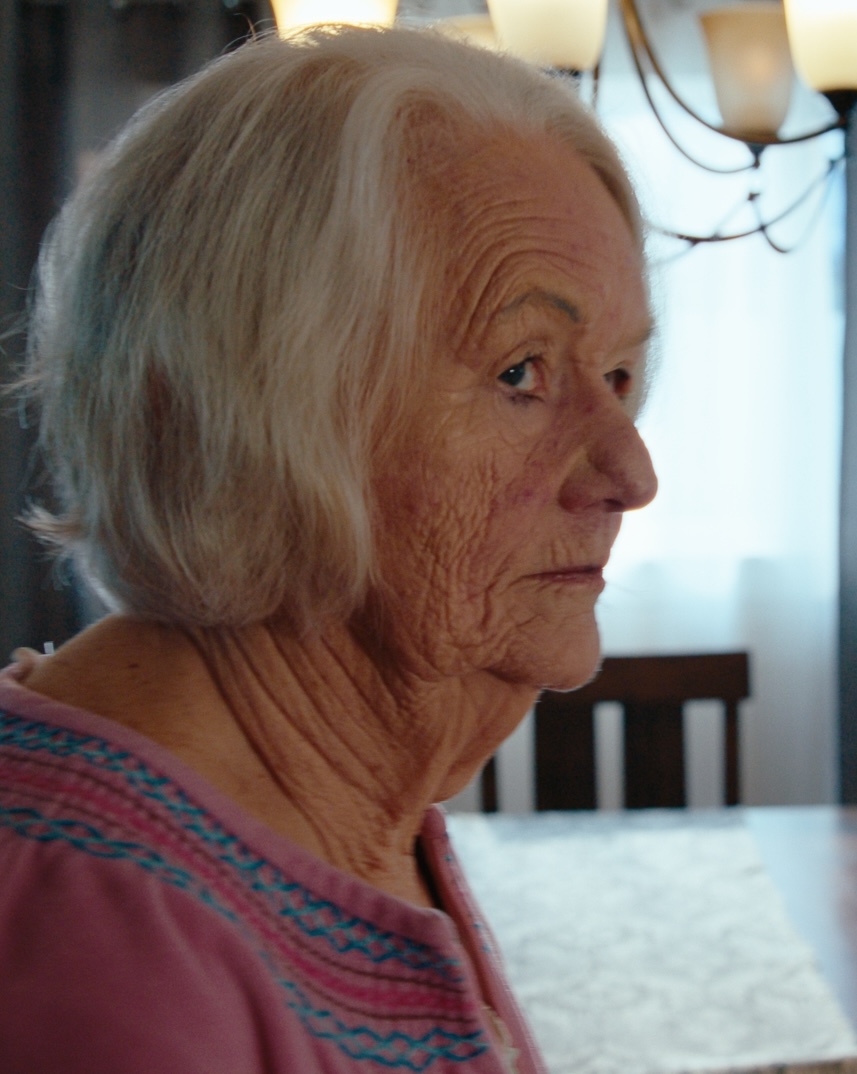
LEXY DILLON
85 years old, fiercely independent. She masks years of emotional neglect and quiet loneliness behind sarcasm and stubbornness. Though forgotten by her family and resigned to a routine of voicemail check-ins and the warm embrace of her cup of tea, Mildred is far from ready to be written off. Beneath her sharp tongue lies a woman who once had dreams, who waited too long for the “right time,” and who now, faced with the literal end, wants one last chance to matter. She’s not afraid of death, she’s afraid of dying unremarkably.
Death
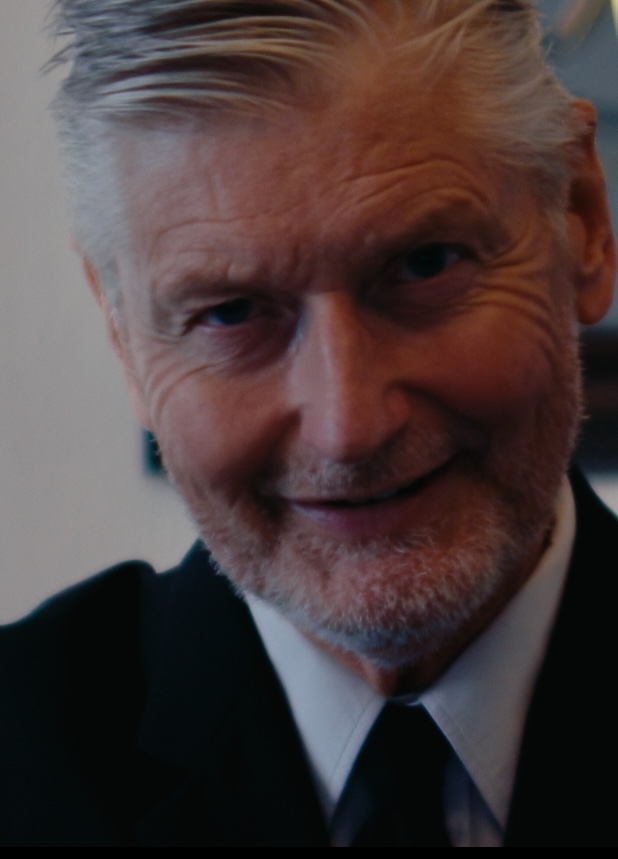
JEFF BROSY
Death is ageless, smartly dressed, and completely over it. Less a grim reaper and more a disgruntled employee trapped in an eternal gig. He’s long since stopped caring about the souls he collects; instead, he’s focused on squeezing what little satisfaction he can out of the job. He’s sarcastic, transactional, and more concerned with PTO and promotion metrics than empathy or closure. For Death, it’s not about guiding the departed—it’s about surviving the grind of an endless role he can’t escape.
Charlie
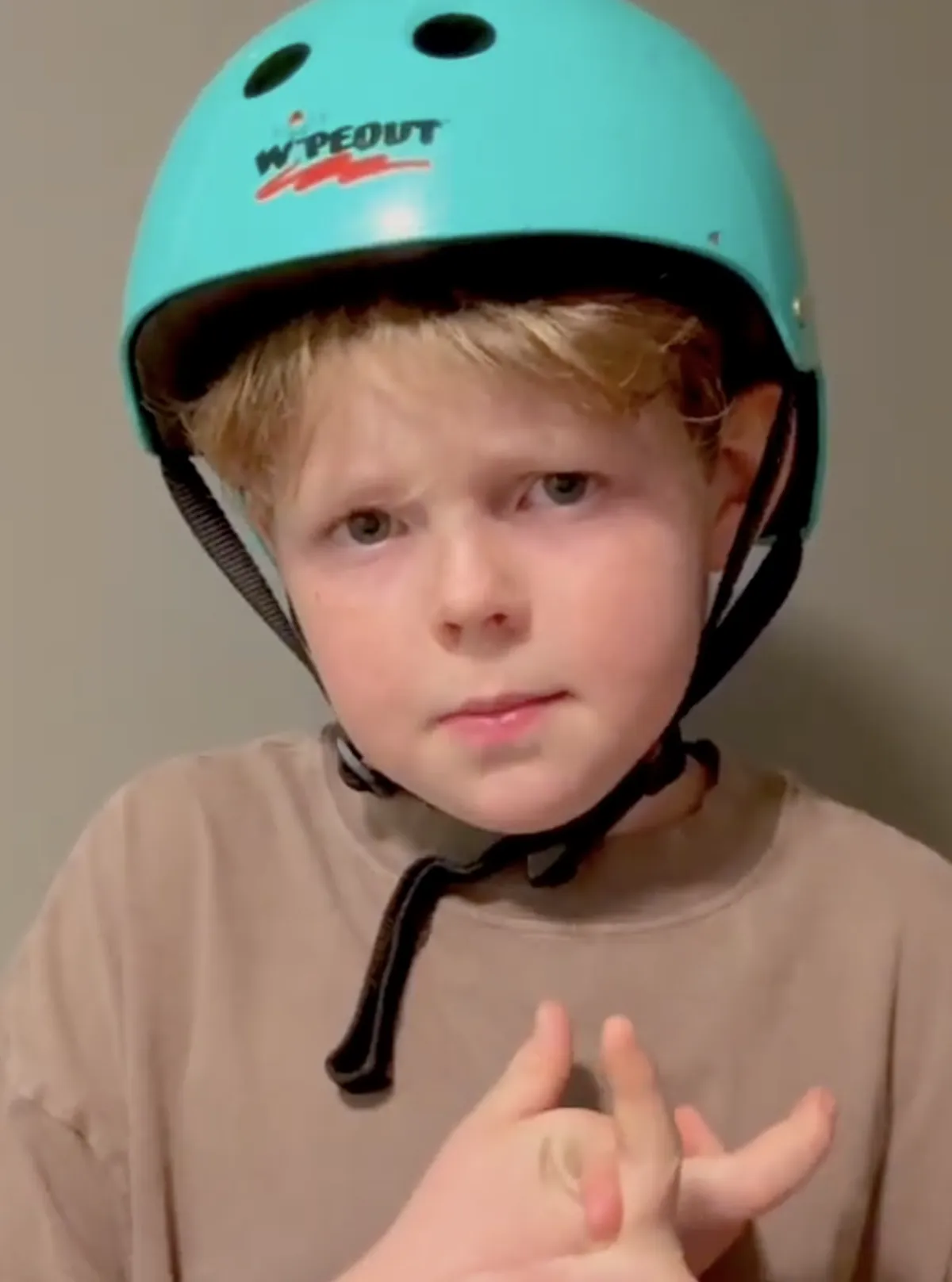
LENNON O'FLYNN
Charlie is eight years old, full of life, and completely unaware of the existential weight swirling around him. With a scarred bike helmet, boundless energy, and a fearless smile, he represents everything Mildred has lost, innocence, energy, and the connection with her son. Charlie's presence in the final scene serves as both a gut-punch and a mirror, forcing Mildred to confront the true stakes of her new role. He’s not just a twist, He’s the embodiment of the future, and the uncomfortable truth that even the young shouldn’t take life (or time) for granted.
Visual Style & Tone
A Hauntingly Beautiful Blend of Light and Shadow
Act I — Mildred is Alive
Aspect Ratio: 16:9
A grounded, domestic frame that supports the realism of Mildred’s lonely but ordinary morning. The wider ratio gives a sense of space above and below, but keeps the sides of the frame tighter, boxing her in.
Lighting: Warm, Motivated by Sunrise
Light spills in through the windows with a warm, golden hue, evoking the feeling of life.
The kitchen, dining area, and front room glow gently with morning softness, suggesting the remains of a daily ritual she performs out of habit, not purpose.
Mood: Static but Familiar
Compositions are still, centered, and locked-off with no extra movement, merely observational. Subtly emphasizing her boxed-in world.
Visual Style & Tone
A Hauntingly Beautiful Blend of Light and Shadow
Act I — Mildred is Alive
Aspect Ratio: 16:9
A grounded, domestic frame that supports the realism of Mildred’s lonely but ordinary morning. The wider ratio gives a sense of space above and below, but keeps the sides of the frame tighter, boxing her in.
Lighting: Warm, Motivated by Sunrise
Light spills in through the windows with a warm, golden hue, evoking the feeling of life.
The kitchen, dining area, and front room glow gently with morning softness, suggesting the remains of a daily ritual she performs out of habit, not purpose.
Mood: Static but Familiar
Compositions are still, centered, and locked-off with no extra movement, merely observational. Subtly emphasizing her boxed-in world.
Act II — Death’s Arrival
Aspect Ratio Shift: 2.4:1 Cinemascope
This new aspect ratio introduces subtle tension and unease—a world that is more cinematic, and less alive.
Anamorphic lenses warm the edge of the frame, suggesting an in-between world.
Lighting: Soft, Cool, Cloud-Diffused Daylight
The natural light remains motivated by the same windows, but no longer feels warm. The sunlight is now softer, cooler, and more indirect. Subtle gray-blues and gentle shadows. No golden warmth.
Atmosphere: Subtle Haze from the Shower
A slight visible haze lingers in the air, grounded in story logic: the shower was running when Mildred died. It adds a supernatural glow to the space, softening edges, and textures.
Act II — Death’s Arrival
Aspect Ratio Shift: 2.4:1 Cinemascope
This new aspect ratio introduces subtle tension and unease—a world that is more cinematic, and less alive.
Anamorphic lenses warm the edge of the frame, suggesting an in-between world.
Lighting: Soft, Cool, Cloud-Diffused Daylight
The natural light remains motivated by the same windows, but no longer feels warm. The sunlight is now softer, cooler, and more indirect. Subtle gray-blues and gentle shadows. No golden warmth.
Atmosphere: Subtle Haze from the Shower
A slight visible haze lingers in the air, grounded in story logic: the shower was running when Mildred died. It adds a supernatural glow to the space, softening edges, and textures.
Visual Language
Static Wide Shots: Used early to emphasize how small and contained Mildred’s world has become, isolated within her own space.
Locked-Off Frames: Framing through doorways or window panes enhances the visual motif of confinement.
Minimal Tracking: When movement does occur, it’s subtle—slow dolly pushes toward her as she reflects.
Symmetry & Repetition: Repeated shot compositions from the same angle (e.g., dining table, front door) reflect the monotony of her days until Death's arrival.
Over-the-Shoulder POV Shots (with Death): When Mildred opens the front door, we see him from her perspective, towering slightly in the frame, a subtle contrast that shows how foreign and disruptive his presence is.
Target Audience
Primary Audience
Festival-goers, film lovers, and fans of elevated dark comedy (the A24 audience). Adults 35-75 who appreciate where humor and morality collide.
Primary Audience
The independent film circuit: academics, film students, and satirical fiction enthusiasts. Fans of series like Wednesday or What We Do In The Shadows.
Tone-Driven Demographic
Audiences who enjoy "comedy with a pulse" - smart, emotionally resonant humor using deep characters written for older actors often overlooked.
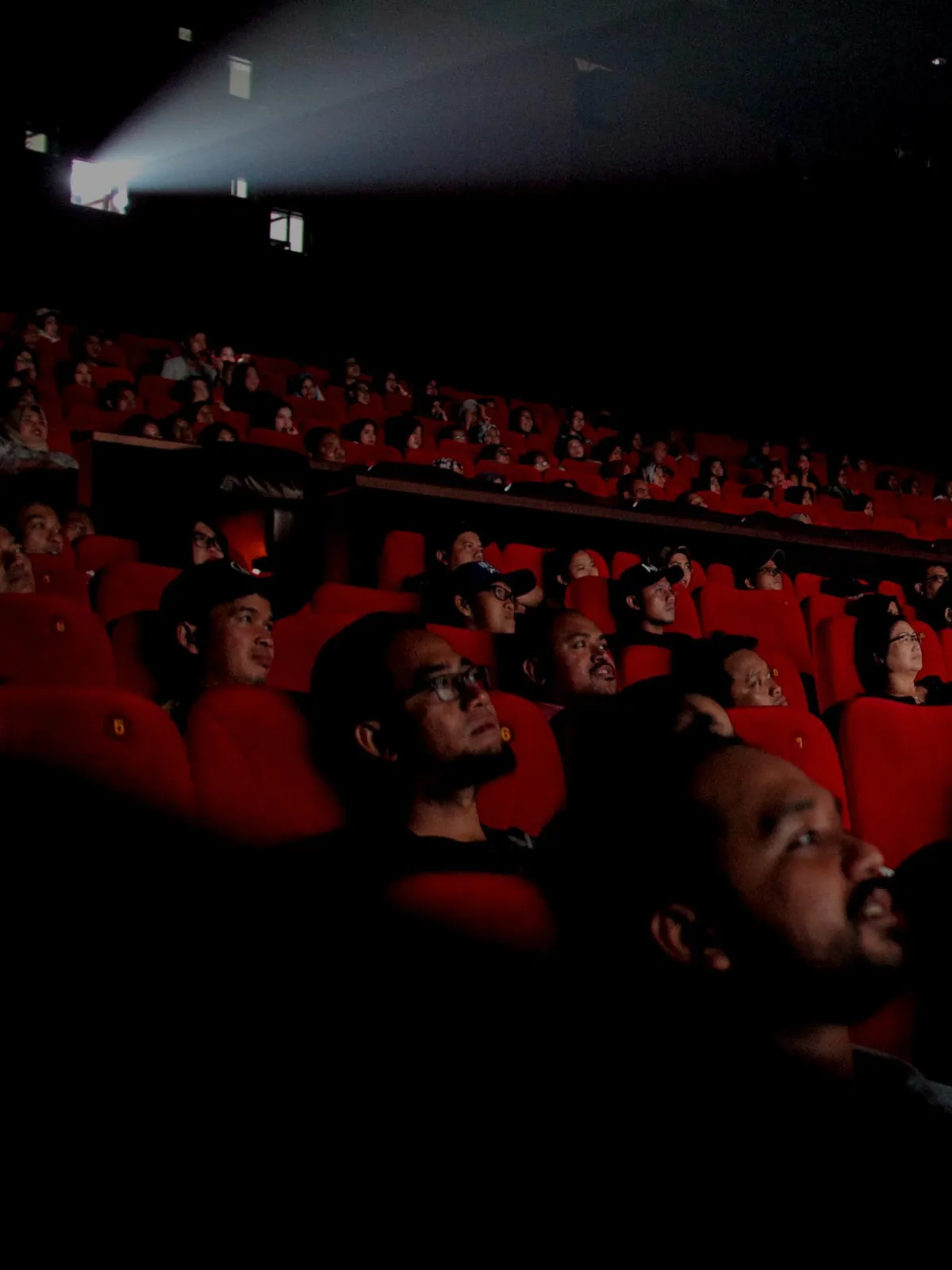
Market Potential
Supernatural Comedy Trend
Shows like Wednesday, What We Do in the Shadows, and Ghost demonstrate growing interest in supernatural comedies balancing humor with eerie themes.
Digital & Social Engagement
Characters and humorous dialog have strong potential for viral clips and fan engagement across social media platforms.
Festival & Streaming Potential
With rising demand for short-form, high-quality content, Purgatory Pending is positioned to stand out in curated shorts or genre-specific categories.
"A story with a twist that lingers long after the credits roll."
Key Team Members
Producer/Director
Chris Liles is an experienced producer-director whose multiple talents bring depth and cinematic vision to Purgatory Pending. He recently directed and produced the compelling short The Promise (2024) (also serving as cinematographer) demonstrating his all-in creative approach. With a background that includes underwater cinematography and camera work on high-profile TV programs like Shark Week and Top Chef, Chris brings a technical precision and visual flair that creates compelling storytelling.
AD/Gaffer/Set Design
Allen Tyler
Allen Tyler is a Portland Community College (PCC) film student and commercial cinematographer/still photographer. He directed the short Psychic Death, which debuted at last year’s McMinnville Film Festival, and has worked on four additional short films, including directing his second project last year within PCC’s film program. Across narrative and commercial work, Allen brings a precise, image-driven approach and a calm, collaborative set presence.
Festival Strategy & Distribution
Production & Post
Filming in mid-Oct 2025 with post-production completed by December 2025 to meet 2026 festival deadlines.
Festival Circuit 2026
Targeting mid-tier North American festivals including HollyShorts (LA), Bend Film Festival, Seattle Film Festival, SFiFF (Santa Fe), and New Orleans Film Festival.
Community Building
Festivals serve as launchpads, connecting Purgatory Pending with filmmakers and fans. When the festival run ends, we'll leverage the community for online buzz.

